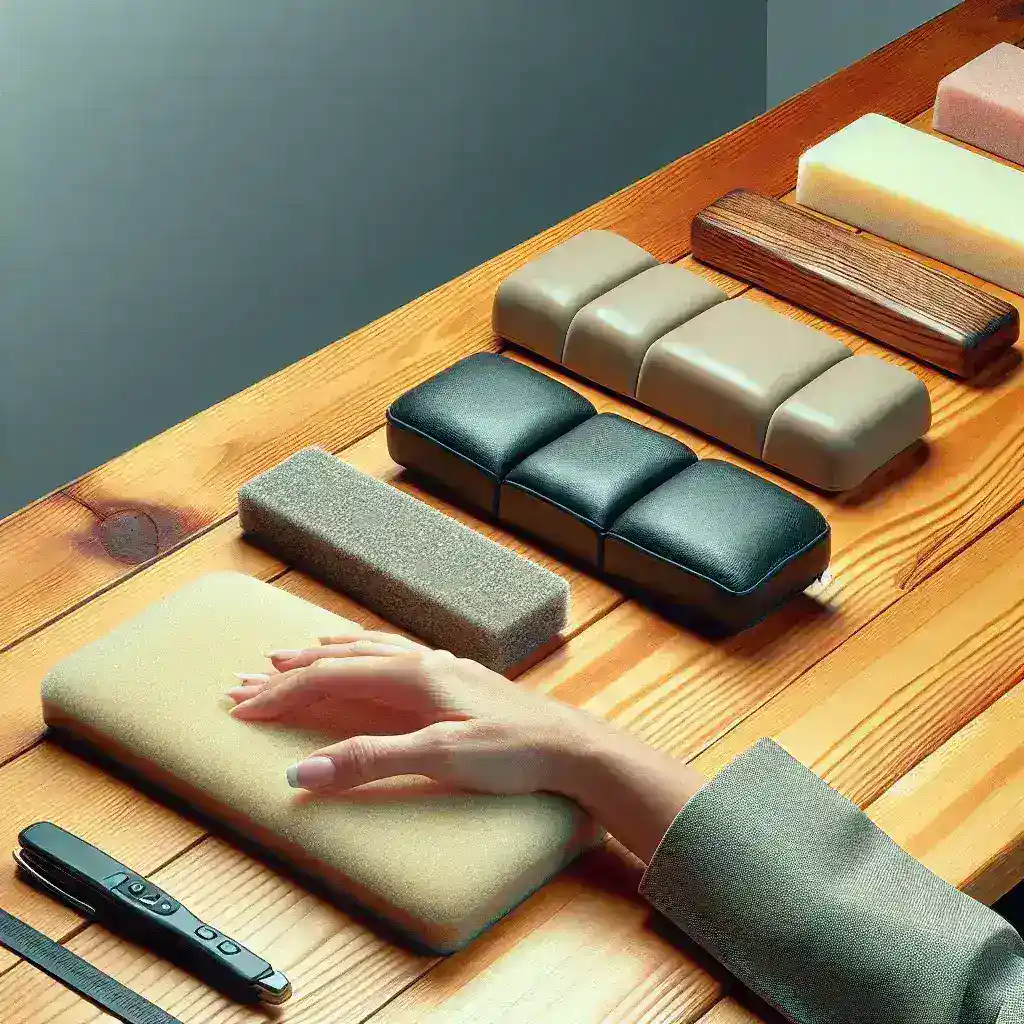Introduction
Wrist rests are essential accessories for those who spend long hours typing or using a computer. They provide support and can help reduce the risk of repetitive strain injuries. However, not all wrist rests are created equal, and the material from which they are made can greatly impact comfort level. This article delves into various materials used in wrist rests, examining how they affect comfort, ergonomics, and overall user experience.
| Material | Comfort Level | Durability | Maintenance |
|---|---|---|---|
| Memory Foam | High | Medium | Easy |
| Gel | Medium | High | Easy |
| Leather | Medium | High | Medium |
| Plastic | Low | High | Easy |
| Rubber | Medium | Medium | Easy |
Understanding Comfort in Wrist Rests
Before diving into specific materials, it’s important to define what comfort means in the context of wrist rests. Comfort can be influenced by several factors, including:
- Pressure Distribution: Ideal wrist rests should evenly distribute pressure across the wrist area.
- Temperature Regulation: Some materials retain heat, making the wrist area uncomfortable during extended use.
- Cushioning: The level of cushioning can determine how soft or firm the wrist rest feels during use.
- Supportiveness: The ability of a wrist rest to maintain proper wrist posture is vital for avoiding strain.
Types of Materials Used in Wrist Rests
Here are some of the most common materials and their characteristics:
Memory Foam
Memory foam is popular for its ability to conform to the shape of the wrist and hand. When pressure is applied, it softens and molds to the user’s wrist.
- Comfort Level: High. Provides excellent support and cushioning.
- Durability: Medium. Can compress over time but generally lasts long.
- Maintenance: Easy to clean; covers can be removed and washed.
Gel
Gel wrist rests offer a unique combination of softness and stability. They remain cool during prolonged use, making them a popular option.
- Comfort Level: Medium. Good cushioning but may not conform to the wrist as effectively as memory foam.
- Durability: High. Resistant to wear and tear.
- Maintenance: Easy to clean; wipe surfaces with a damp cloth.
Leather
Leather adds a touch of elegance. It is sturdy but may not offer as much cushioning as foam or gel.
- Comfort Level: Medium. Good for those looking for style over softness.
- Durability: High. Long-lasting with proper care.
- Maintenance: Requires more maintenance; needs cleaning and conditioning.
Plastic
Plastic wrist rests are often the least comfortable option. They are hard and offer minimal cushioning.
- Comfort Level: Low. Can lead to discomfort during long usage.
- Durability: High. Resistant to damage.
- Maintenance: Extremely easy to clean; just a wipe down is needed.
Rubber
Rubber wrist rests strike a balance between softness and firmness, providing decent support.
- Comfort Level: Medium. Offers supportive yet gentle feel.
- Durability: Medium. Can wear out but usually lasts a fair amount of time.
- Maintenance: Easy to maintain.
Factors to Consider When Choosing a Wrist Rest Material
When selecting a wrist rest, consider factors that directly affect comfort:
1. Personal Preference
The best material is subjective. Some users prioritize softness, while others may prefer sturdiness.
2. Usage Habits
Long-term users of keyboards may benefit from softer materials, while occasional users might be fine with firmer options.
3. Sensitivity to Temperature
Those who easily get cold hands may favor gel or memory foam materials that regulate temperature better.
The Impact of Proper Wrist Rest Use on Comfort
Ultimately, the way a wrist rest is used can also affect comfort:
Correct Positioning
Ensure that the wrist rest is at the correct height—wrist alignment should be straight as arms are positioned comfortably.
Regular Breaks
Taking breaks to stretch and relieve tension can enhance comfort levels.
Ergonomic Setup
A well-organized workstation can improve overall comfort and efficiency, enhancing the efficacy of any wrist rest you choose.
Conclusion
The material of a wrist rest indeed plays a significant role in comfort. Memory foam and gel options often prevail for soft, comfortable experiences, while leather and plastic provide durability at the expense of cushioning. Selecting a wrist rest material should be a personal choice, taking into account individual needs, usage habits, and ergonomic fundamentals. Overall, a good wrist rest can be a worthwhile investment for comfort and productivity in any workspace.

